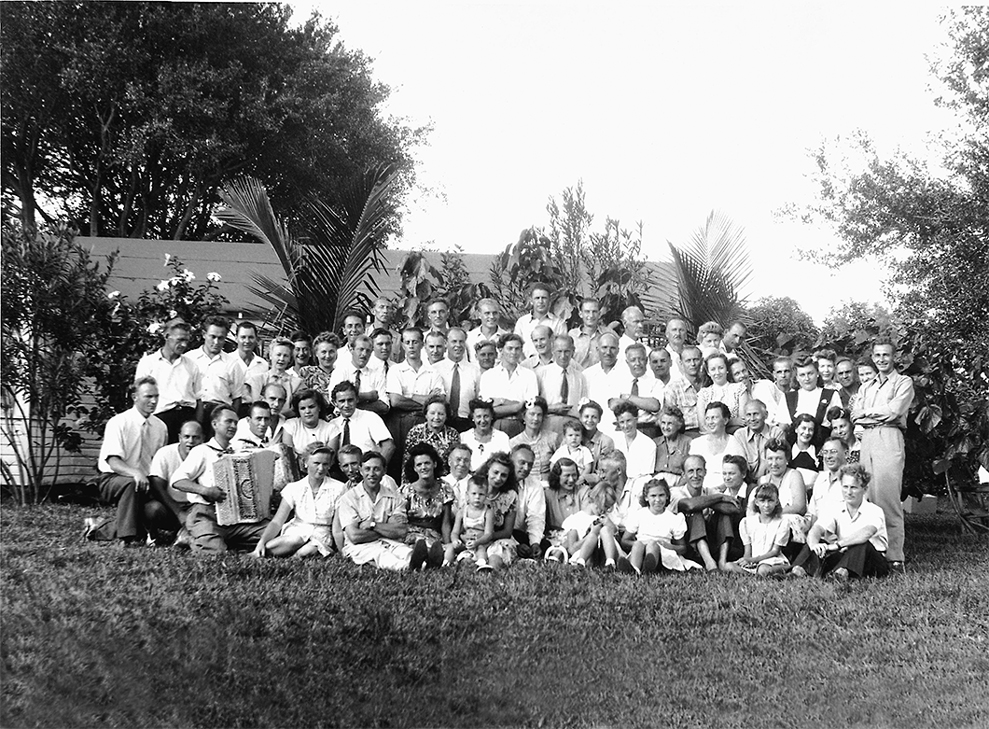Boats

Inanda in Scotland
INANDA
The Inanda departed from Lysekil harbor, Sweden, on May 30, 1946, under the command of Feliks Tandre, a long-distance sailing captain and graduate of Tallinn Maritime School. Six families had pooled their savings to buy the 60-year-old fishing boat for 15,000 Swedish kronor (about $3,500 in 1946). was 38 feet long (12 meters) and built with wooden pegs instead of nails. It had an auxiliary engine, but since diesel fuel and gasoline were scarce after World War II the sailors relied on wind power as much as possible. Eighteen Estonians sailed on the Inanda—11 men, six women, and a child. Donald Koppel, a renowned photographer, documented the journey to America.
Koppel recounted the journey in Global Estonian in July 2001:
“The letter from the King of Sweden, urging all refugees from the Baltic countries to return to their homelands, gave us more than ample reason to leave. We knew that the only thing that awaited our arrival in Estonia was a one-way boxcar trip to Siberia.
We had to move quickly if we were to succeed in cheating fate. Eighteen men, women, children pooled their meager post-war resources to purchase a 38-foot fishing boat. It appeared our vessel was in pretty good shape. It had a fairly new deck, a one-cylinder engine, and a functioning main sail.”

Captain Feliks Tandre
Only Koppel and three other men on the Inanda had seagoing experience and they set about making the boat seaworthy. Captain Tandre liked Koppel’s cooking, so he was put in charge of preparing three meals a day. Since water is more essential than food on long sea journeys, the water tanks on board were locked, and passengers were rationed to three cups (750 ml) of water a day.
The Inanda initially enjoyed smooth sailing but was forced to shelter from a sudden storm for eight days at Kristiansand, Norway. Afterward, the boat continued across the North Sea, navigating an area infested with naval mines, until it reached the port of Montrose in Scotland.
The Inanda then sailed to Aberdeen and Inverness where a Royal Navy patrol boat towed the vessel through Loch Ness and the Caledonian Canal to Fort William, which helped to preserve precious fuel supplies. On June 19, the ship sailed south across the Irish Sea to Swansea on the Bristol Channel, where the crew purchased provisions after being warned they might encounter an unfriendly reception in Madeira.
On July 6, the boat set out for Madeira’s Funchal Harbor, arriving nine days later. In the harbor, the Inanda met an American cargo ship unloading coal. “The crew felt so bad we’d had to flee our homeland they gave us 50 pounds of frozen beef, free,” Donald Koppel recalled in a 1994 interview with the Chicago Tribune.

Cramped conditions on board the Inanda.
The local authorities in Madeira, however, were less than hospitable because they thought the Estonians were communists and refused to allow them ashore. After some history lessons and cajoling, Koppel said, the captain and passengers were able to visit the town, followed by plainclothes officers.
On July 23, guided by the same trade winds that Christopher Columbus used to reach the New World, the Inanda sailed 3,600 miles (5,800 kilometers) to America. The boat entered Miami harbor on August 21, after a journey of 83 days.
None of the passengers had visas and were automatically ordered to leave after replenishing supplies on board. Immigration officials were sympathetic, however, and the group was given a 60-day stay.
When the public learned about the refugees’ plight, food appeared on the dock, a New York businessman sent a $100 check, and a woman flew from New York offering to post any bond up to $10,000.
“The immigration officials here are so kind, so anxious to help. Not like in Europe. But we will not go back to Estonia, no matter what happens. We cannot.” Captain Feliks Tandre, Miami Daily News, August 21, 1946
The Inanda was soon followed by the arrival of the Brill and the Linda, and immigration officials treated the Estonian refugees as a single group. To read how they were received in America, please visit the Linda boat page.

Passengers from the Inanda, Brill, and Linda after arriving in Miami.
Crew and passengers:
- Captain Feliks Tandre and Valentine Tandre
- Arnold Sillat
- Donald and Herta Koppel
- Lembit Vitsur
- Voldemar and Olli Kalpus
- Ferdinand Pihel and Aino Hanikat-Pihel
- Voldemar and Ellen Sarik
- Arnold Kägu and Ludmilla Kagu-Liin, and their daughter Eha, 8
- Hugo Orumaa
- Helmuth Lelov
- Richard Pallas
Inanda photos by Donald Koppel. Images reproduced with permission from the Estonian Maritime Museum.
